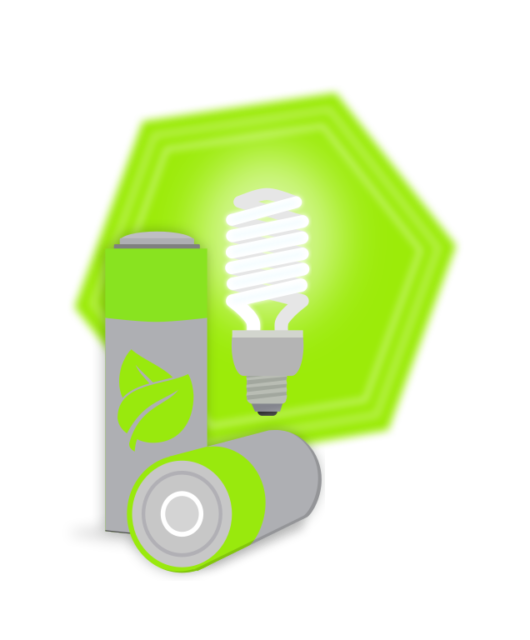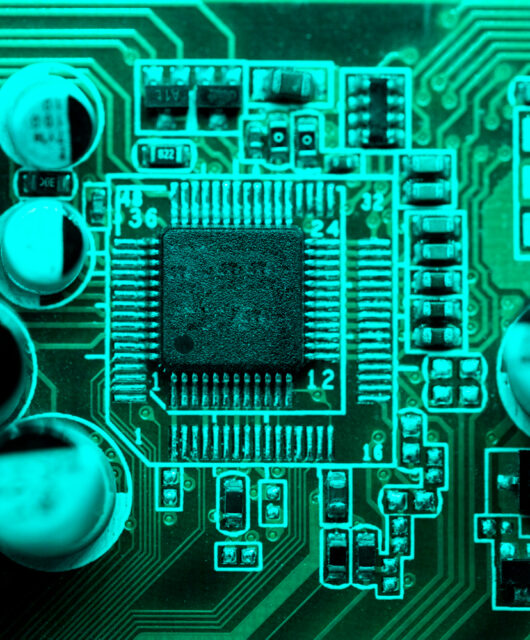ECG Electrodes and Machines – One of Five Essential Pieces of Equipment in the Medical Industry

It is hard to keep up with the speed at which medical equipment is developing. One reason for this is because everything is now digital and computerized, something that was unheard of just a few decades back. However, although almost everything is now digital, there are still some pieces of medical equipment, such as the ECG electrodes and machines, that will always be needed. It seems that, instead of inventing something completely new, medical technology designers have simply improved the machines and made them more modern. So what are the five most important pieces of equipment that have been present in the medical industry since they were first invented?
-
ECG Electrodes and Machines
Willem Einthoven invented the first ECG machine in 1903. This machine is designed to enable physicians to see whether or not there are abnormalities in the function of the heart, by reading the heart’s movement’s electrical signals. Einthoven determined that the different electrical signals the heart emits should be denoted as P, Q, R, S, and T. Even the most modern ECG machines still use this system.
-
Defibrillators
A defibrillator is a vital tool to help revive a patient who is experiencing cardiac arrest. Almost every hospital room contains a defibrillator next to its first aid kit. Additionally, they are now often found in schools, town centers, and other public areas. The defibrillator was first experimented with towards the end of the 19th century. In 1947, the first functioning defibrillator was used by Doctor Claude Beck, who was able to revive a 14 year old patient who was receiving open heart surgery. At that time, the machine had not been properly tested yet, but it saved the young boy’s life.
-
Patient Monitors
These are some of the most important tools found in operating rooms. It is a very large device onto which the vital signs of a patient are recorded while they receive medical treatment. Thanks to these devices, nurses and doctors are more aware of any sudden changes or dangers, often long before these dangers or changes become physically apparent.
-
X-Ray Machines
The X-ray machine was developed by Wilhelm Roentgen, a German physicist. His discovery of x-rays in 1895 was completely accidental, as he had been testing electron beams instead. It has taken many years for machines to be developed that were not cumbersome, large, and even fatally dangerous, but today we have completely safe and useful X-ray machines that help in the diagnostics of a range of different illnesses and ailments.
-
Ultrasound Machines
Last but not least, there is the ultrasound machine, which can perhaps best be compared to sonar technology. It looks at the internal organs and tissues of a patient by sending sound waves through it, which then bounce back from the various structures, creating a visual image of them. Ian Donald and Karl Dussik pioneered ultrasound. Dussik used it to study the brain, and Donald used it for diagnostics.









